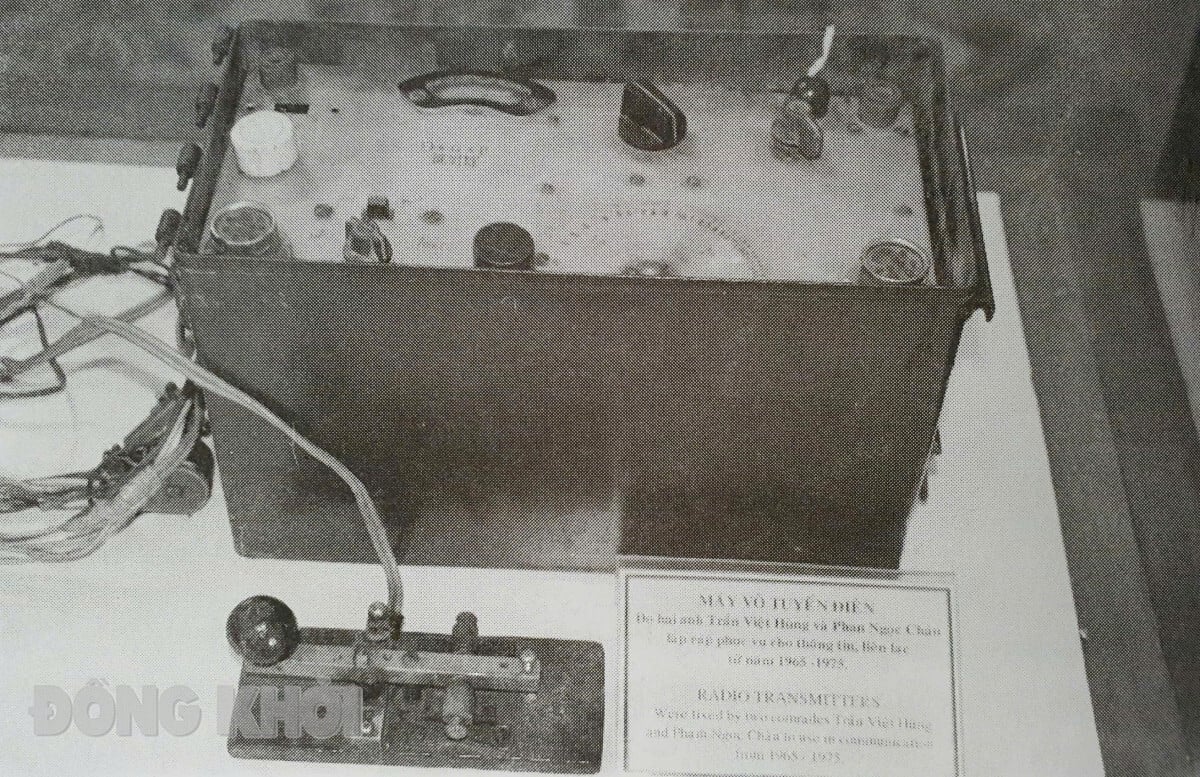
Self-assembled radio for communication work in the period 1965 - 1975. Photo archive
Printing department
From typo printing to lead printing, wax printing, sometimes handwriting, through countless hardships, the wartime newspaper printing department always completed its tasks well. The printing department was in many places in the hearts of the people: When in Hamlet 1, Long My commune, then to Hamlet 3, Thanh Phu Dong commune, Giong Trom, then through An Thoi to An Trach Tay - Thanh Thoi hamlet, then to Thanh An, Mo Cay.
Veteran journalist Le Chi Nhan recounted: Although the printing house was directly under the Provincial Propaganda Department, it was organically linked to the press. The striving goal of the department and the Chien Thang Newspaper was to constantly improve printing techniques, to be equal to and better than the newspaper "Kien Hoa Ngay Nay" (the enemy's newspaper in Ben Tre). The lead letters must always be sharp and new. Although the machinery and equipment of the printing house were very heavy and cumbersome, no matter how the enemy attacked, the printing house still had to exist and operate normally. Although the department's office had a wax printing department, the News Subcommittee had its own wax printing department. The Chien Thang Printing House had 2 Pédale and Tac-min machines. Almost all the southern provinces during the resistance war, even in mountainous areas, did not have machines like Ben Tre, only Ca Mau had 1 Pédale machine. To ensure that the lead letters were always new and sharp, Ben Tre soon had a "lead pouring and font casting" department that both Khu and R later learned to follow.
Journalist Vo Van Dung, who used to work in the printing department of Chien Thang Newspaper, recalled: “When the newspaper printing house was in Binh Dai, the two Tac-min and Pedale printing machines ran on generators with a rack pulling both machines because the Tac-min machine did not have a foot pedal. Every spring, when Tet came, the printing department worked day and night, for two or three months. One team worked from 6am to 12pm, another team from 12pm to 6pm, and so on, taking turns for two or three months. Working at night, we had to use Aida lamps and no light was allowed to leak out. A person standing outside saw light leaking in and immediately stuffed it with paper for fear of being discovered by enemy planes. Also, because we had to cover the printing area, it was extremely hot inside. We had to stand printing for three or four days straight, and our legs and feet were swollen.”
An impressive story of the printing department was told as evidence of the flexibility and perseverance of the provincial newspaper department during the war. It was in 1967, during a major US sweep - a rocket hit our paper warehouse in Thua Duc forest, so the enemy discovered and captured the printing house, they took the machinery back to the town for exhibition. But just a few days later, our newspaper office and printing house continued to publish the Victory Newspaper and had an article: "Which printing house and Victory Newspaper are these?" which made the enemy extremely angry. That was because we already had a backup printing house in Thanh Phu Dong commune, ensuring that the printing of the newspaper was not interrupted. Immediately after that, the editorial board took care of purchasing a new Tak-min printing machine. At the same time, they built secret tunnels among the people in An Thoi, Thanh Thoi, Thanh An, Con Rung, continuing the printing of newspapers until the day of liberation.
Activities of Minh Ngu Radio and Photography Team
The newspaper's photography team during the anti-American resistance war, under the Press Subcommittee, had reporters such as Tu Chien, Bay Dong, Minh Quang, Tu Minh, Hai Hoa, Truong Son, Quoc Viet, specializing in providing images for propaganda and exhibitions. The province's photography force at this time developed rapidly, enough for each district to have a photographer and a cadre to go to the battlefield. The captured images would be printed. Since 1969, many photos were sent to the specialized department in the Zone, R or made into zinc plates to be printed in the Victory Newspaper. Thanks to the images, the newspaper pages were more vivid. Many images with historical value, artistic value, and high topicality were used by the R and Northern press, such as images of the massacre in Phuoc Hiep during Dong Khoi, Tet Mau Than, and the attack on ships on the Giong Trom River. The photography team from 1969 to 1972 also printed hundreds of sets of photos of Uncle Ho's funeral and sent them to cadres and people, responding to the sacred feelings of cadres and people for Uncle Ho.
Minh Ngu Radio was the technical and news broadcasting department of the Liberation News Agency of Zone 5. It was called “Minh Ngu” because the news was broadcast directly and openly, without any code. In Ben Tre, in parallel with newspaper publishing, to quickly bring the province’s news to the Liberation News Agency and the Liberation Radio Station, the Voice of Vietnam Radio Station, in May 1961, the Provincial Party Committee’s Propaganda Department established Minh Ngu Radio (GFJ).
The Provincial Party Committee's Propaganda Department and the Press Subcommittee promptly organized a system to provide news and articles for the operation of the Minh Ngu Radio Station. In 1961, the Press Subcommittee assigned reporters to be on duty at the Provincial Party Committee Office to review reports and attend meetings to grasp the situation, report news, articles or report to the Hanoi General Department, the Liberation News Agency through the Minh Ngu system. Every day, at the Provincial Party Committee Office, reporters reviewed reports, grasped quite fully the enemy-us situation, developments in the province, especially war news from the Provincial Military Command, which was fast and accurate, creating sufficient conditions for reporters to write news and articles to serve the propaganda work in a timely manner. Reporters working at the Provincial Party Committee Office also had the task of reporting the enemy-us situation to the Liberation News Agency so that the Central Government could provide timely and accurate instructions to the localities. Every day, the Propaganda Department organized liaison to the Provincial Party Committee Office to receive news for the Minh Ngu Radio Station to broadcast. When there was important war news, there was a liaison from the Provincial Party Committee to ensure the timeliness and combat nature of the news, ensuring smooth communication between the province's Minh Ngu Radio Station and the Liberation News Agency.
| Thanks to the Minh Ngu Radio and the widespread network of reporters, during the resistance war against the US, we were able to deliver news quickly and effectively to serve the province. Many victories of the province reached the people in the country only 8-10 hours after the battle ended. Many statements and letters from the provincial leaders responding to the appeal or launch of the Central Government were broadcast promptly and had a strong resonance. |
Bronze
(synthetic)
Source: https://baodongkhoi.vn/nhung-bo-phan-dong-hanh-cung-nha-bao-thoi-chien-23042025-a145608.html


![[Photo] General Secretary attends the parade to celebrate the 80th anniversary of the victory over fascism in Kazakhstan](https://vphoto.vietnam.vn/thumb/1200x675/vietnam/resource/IMAGE/2025/5/7/dff91c3c47f74a2da459e316831988ad)


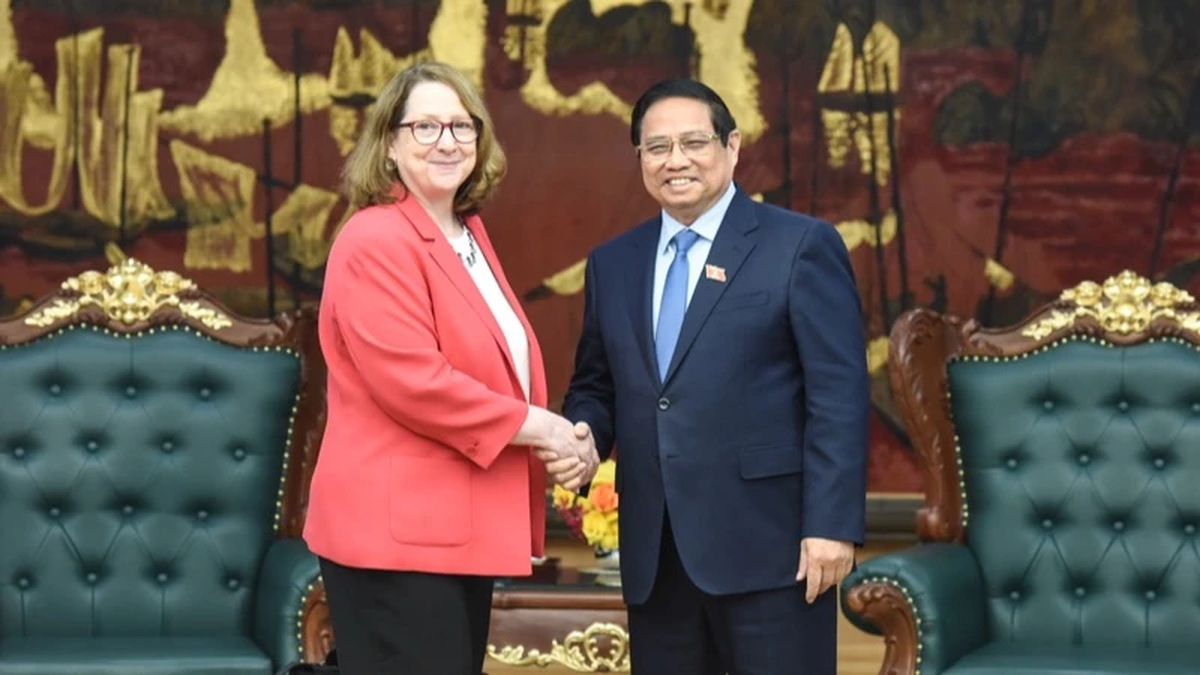
![[Photo] Prime Minister Pham Minh Chinh receives delegation from the US-China Economic and Security Review Commission of the US Congress](https://vphoto.vietnam.vn/thumb/1200x675/vietnam/resource/IMAGE/2025/5/7/ff6eff0ccbbd4b1796724cb05110feb0)



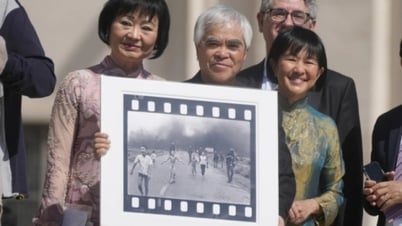
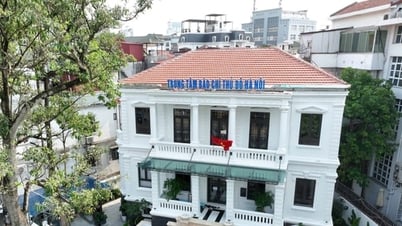
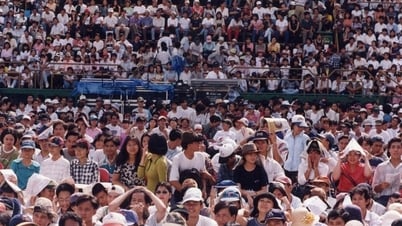
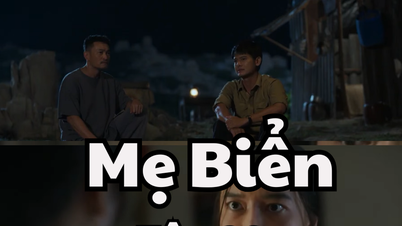


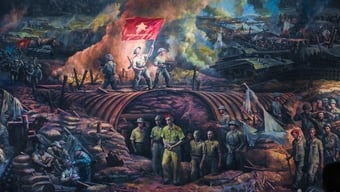


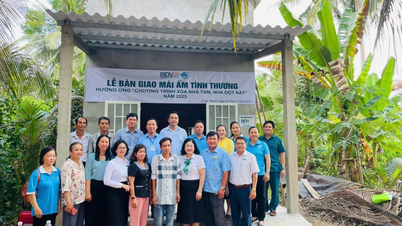

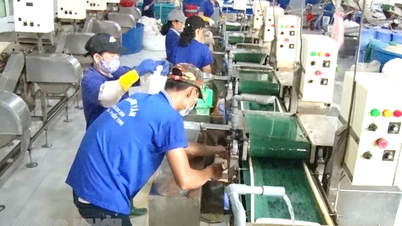
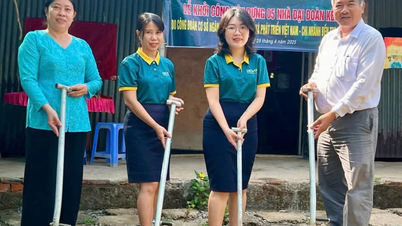

![[Photo] Sparkling lanterns to celebrate Vesak 2025](https://vphoto.vietnam.vn/thumb/1200x675/vietnam/resource/IMAGE/2025/5/7/a6c8ff3bef964a2f90c6fab80ae197c3)
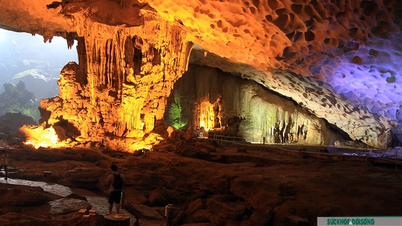

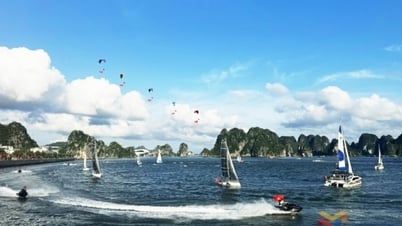

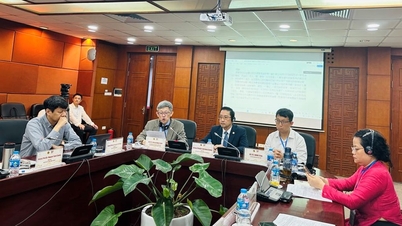



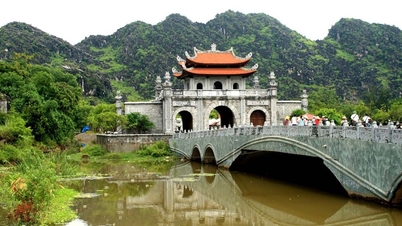






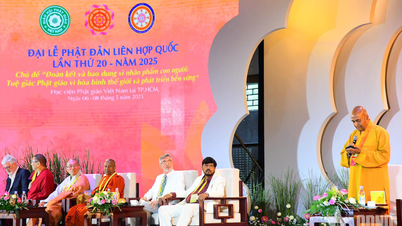


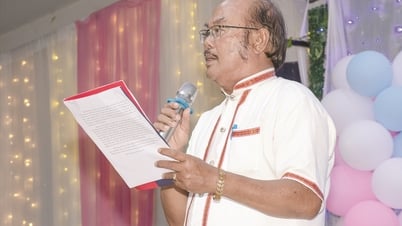

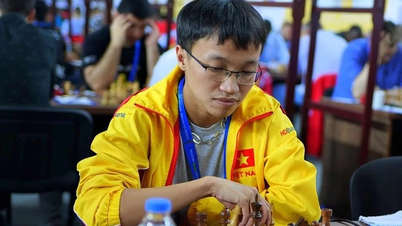

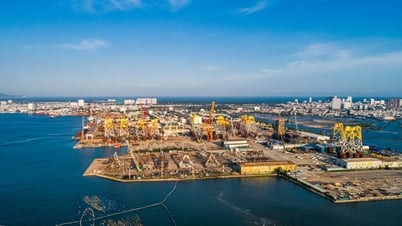





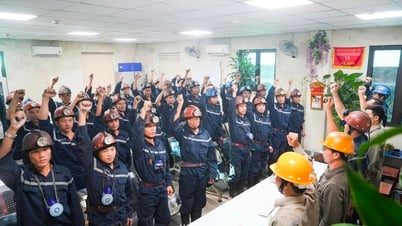
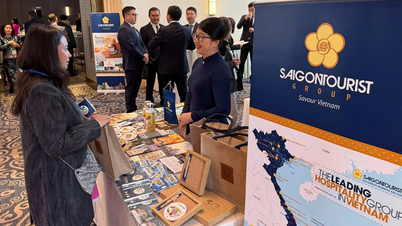



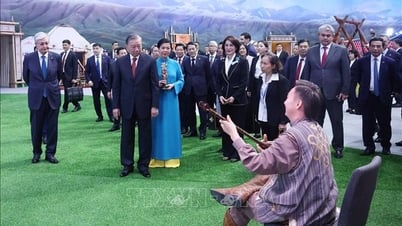
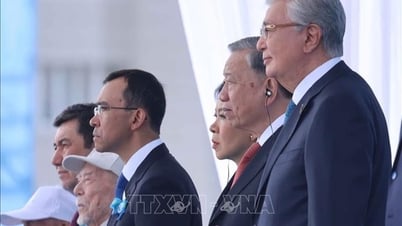

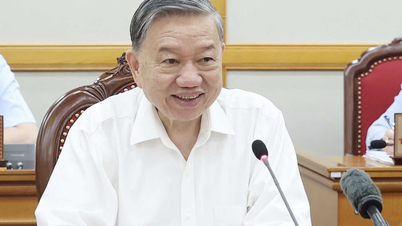
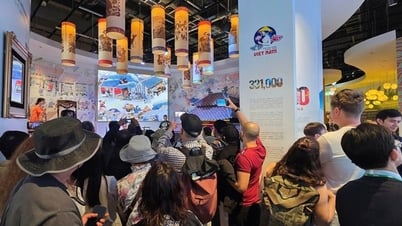

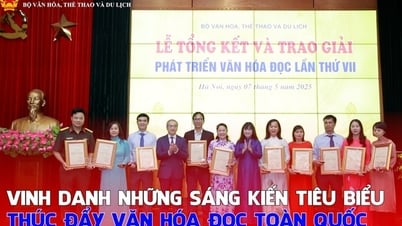
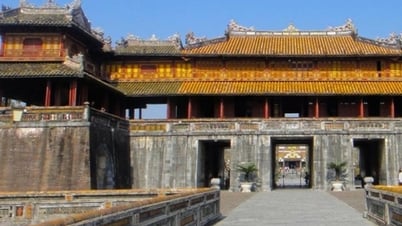
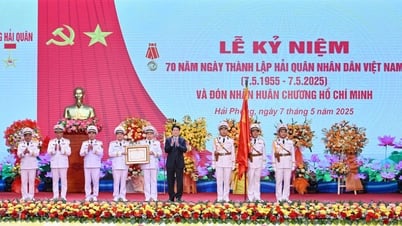

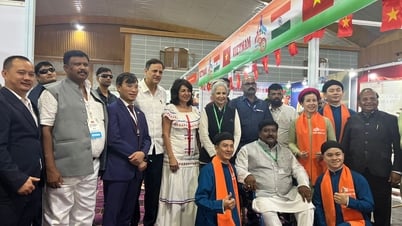

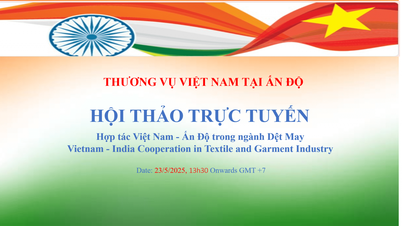
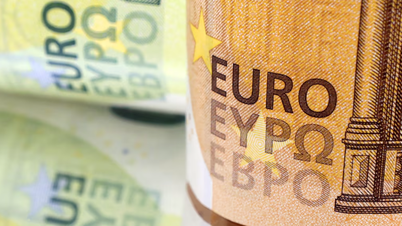


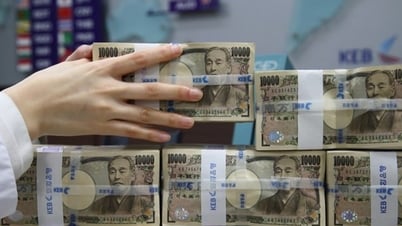
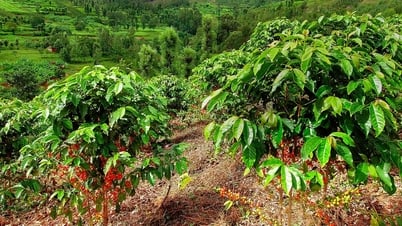
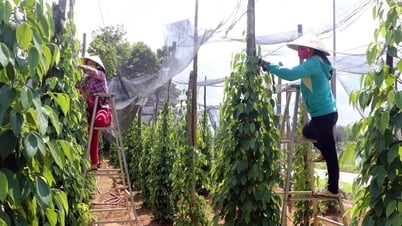
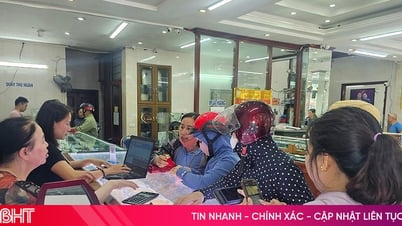

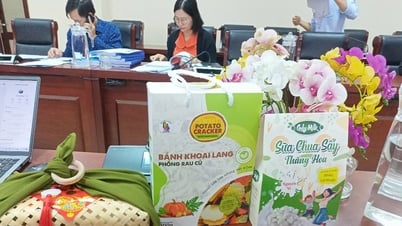






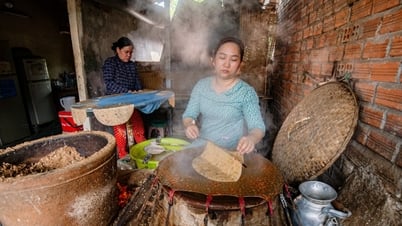

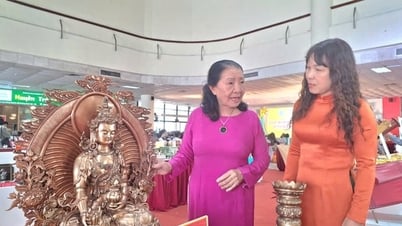

Comment (0)